10 types of mould you might find in your home — plus how to get rid of each one
Mould can have a devastating – and expensive – effect on your property. So if you spot it in your home, make sure you know exactly which type you are dealing with and how to get rid of it
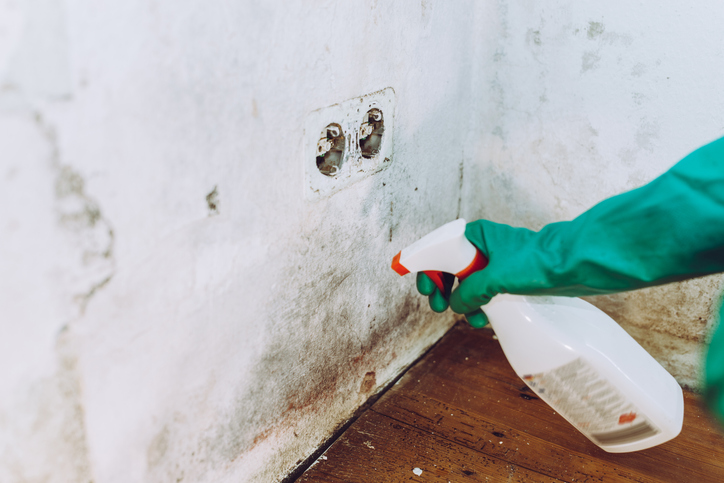
There are hundreds of types of mould that grow in homes and it can cause significant problems if left to fester.
As well as being unsightly, it can produce a nasty smell, damage your fixtures, and potentially spread into paint, wallpaper, cloth, and plaster. Mould removal is important because the spores can also cause respiratory health problems.
Dampness and poor ventilation is almost always the cause – and improving those conditions can help eliminate mould from your home.
And remember, small amounts of mould can be dealt with yourself, but you should seek the help of professionals if the mould is severe.
What are the different types of mould?
There are several types of mould of varying colours and textures. Here iHeat heating expert Stephen Day and the experts at MyJobQuote.co.uk talk us through the key types of mould that might be growing in the damp areas of your home as well as explaining how each one can be identified by appearance, where it is likely to be found, the potential health issues it might cause as well as how to eliminate them when removing mould from walls or looking at how to clean mould off wood.
1. Stachybotrys chartarum (toxic black mould)
There are several types of black mould, and identifying the different variations can be difficult without professional expertise and proper testing.
Stachybotrys chartarum appears dark greenish-black, and often has a wet, shiny, or slimy appearance – rather than the dry, more velvety look of other types of mould.
Where it can be found: It thrives on damp walls, particularly behind or as mould on wallpaper and fibreboard, and in cool, damp conditions.
Health issues: Most black moulds come from the same strain as green mould and aren’t too much of a concern – but one type is toxic. Stachybotrys chartarum produces mycotoxins that can be harmful if inhaled or ingested over an extended period.
How to kill it: Small areas of mould can be dealt with by using mould remover, increasing ventilation, reducing humidity, and maintaining consistent temperatures throughout the house – but it’s best to get professionals to deal with larger amounts of black mould
2. Cladosporium (non-toxic black mould)
Cladosporium isn’t toxic, so isn’t dangerous to humans, but it can cause allergies or worsen asthma symptoms.
Where it can be found: It can appear as black or greenish-brown, with an appearance that ranges from powdery to suede-like and is most commonly found in July and August.
Health issues: Cladosporium can grow on various materials, including fabrics, carpets, wood, and damp walls, but it’s commonly found in areas with high humidity and poor ventilation, like bathrooms, kitchens, and basements.
How to kill it: Small areas can be treated with bleach or a vinegar solution. Use dehumidifiers and dry any condensation that forms on walls and windowsills, to prevent the mould forming.
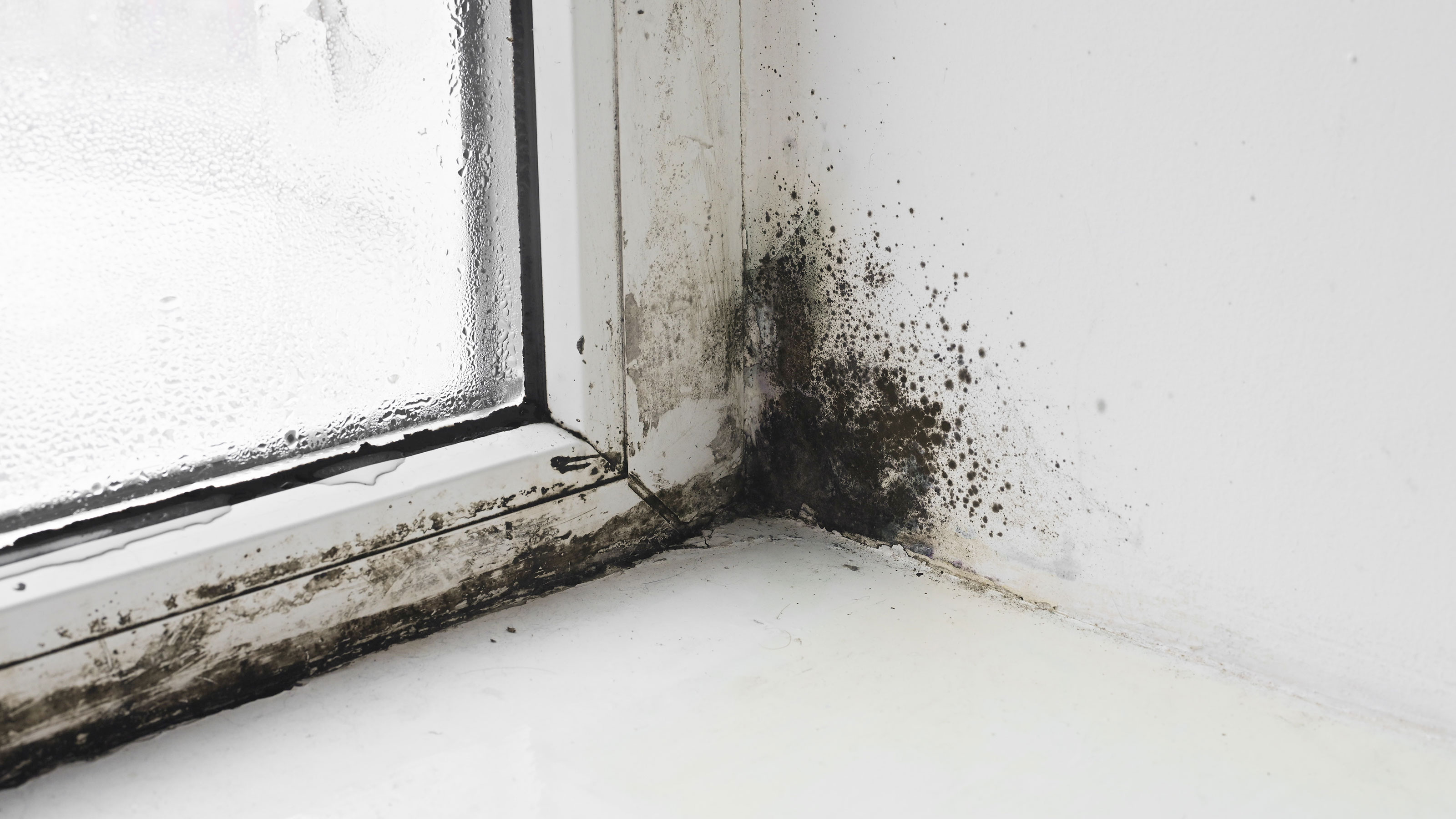
3. Trichoderma (green mould)
Trichoderma often appears as fuzzy patches which starts white or yellow and turns green-grey as it matures.
Where it can be found: It’s most commonly found in forests and soil, but also thrives in paper and wood, in damp and high-humidity areas.
Health issues: Some species of Trichoderma can produce mycotoxins, but they are generally considered less harmful to human health compared to other mould species.
How to kill it: You can clean affected areas with a mixture of water and white vinegar or a mild detergent. Ensure proper ventilation and address any moisture sources.
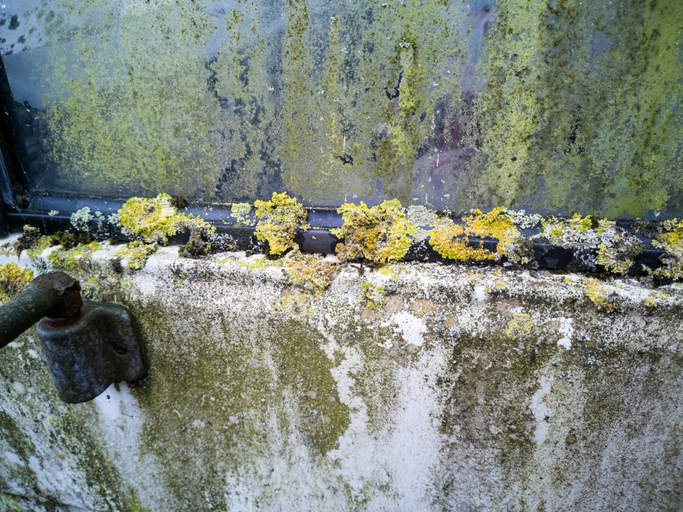
4. Alternaria (brown/green mould)
Another variety of green mould, Alternaria is often dark green or brown, with a velvet-like texture.
Where it can be found: It’s found in damp places like under leaky sinks, bathrooms, and kitchens, and is most common between July and September, but it does grow all year.
Health issues: It spreads quickly, and although most species are not harmful, the spores can cause allergies and asthma-like symptoms. It can also cause respiratory issues and skin irritation in some pets and animals.
How to kill it: You can get rid of Alternaria with mould remover, bleach, or hydrogen peroxide, or vinegar if you’d prefer not to use chemicals.
5. Mucor (white and fluffy)
Mucor is fast-growing fungus and will eventually turn a dark grey colour if left long enough. The white 'fluff' is known as Sporangiospores, which are designed to catch the wind to spread its spores far and wide, according to Mold Busters.
Where it can be found: This is often found growing on overripe fruit as well as on anything that is dead or decaying, often in the soil and on plants, but potentially in the house if you discover a dead mouse! Mucor also loves condensation so it can be found on a constantly wet windowsill as well as in any consistently damp areas.
Health issues: Mucor is not considered toxic to healthy humans. That said, It is classed as an allergenic type of mould/fungi so those with compromised immune systems could develop an infection or respiratory issues if the spores are inhaled, according to a study published in Science Direct.
How to kill it: Mucor is often localised so it can simply be a matter of disposing of the offending item. However, if mucor has spread to carpets or other surrounding materials like curtains or soft furnishings, it can be killed by removing moisture from the area with one of the best dehumidifiers as well as fixing the source of the damp. It can be wiped off any wood effectively too. If you have a large infestation of Mucor, this will need to be dealt with by a professional.
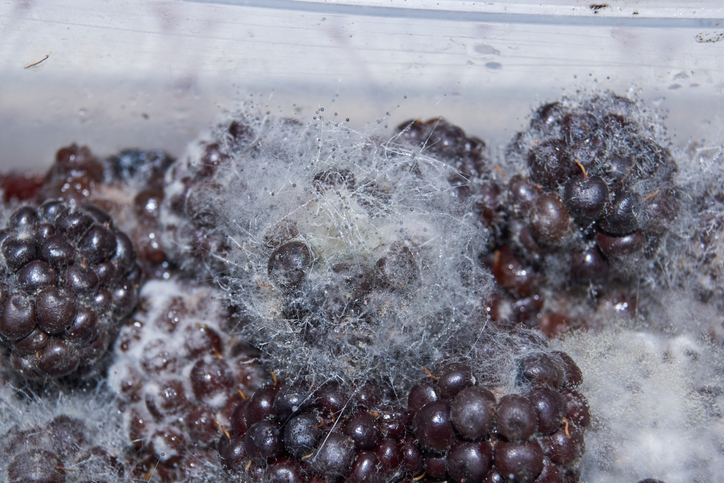
6. Penicillium
Where it can be found: Penicillium is velvet-like in texture and appears in a blue-green shade. This type of mould can usually be found in wallpaper, carpets, mattresses and HVAC ducts.
Health issues: It can cause allergy symptoms, which typically occur after allergic individuals inhale mold spores, and spreads quite quickly, so it’s better if you can identify infestations early.
How to kill it: Smaller infestations of penicillium can be carefully cleaned by yourself using the steps at the end of this article.
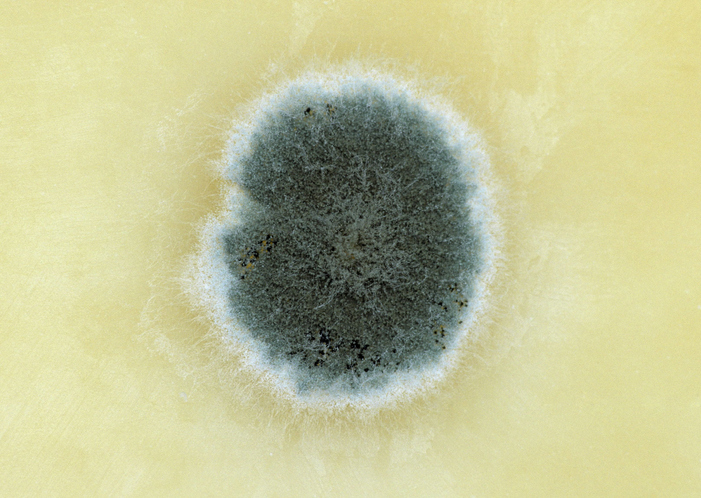
7. Ulocladium
Where it can be found: This type of mould is most commonly found in bathrooms, kitchens, and basements that have had water damage or that have been exposed to moisture for long periods of time. It typically appears black in colour and appears in clumps.
Health issues: Ulocladium fungi mostly cause opportunistic infections in immunocompromised individuals.
How to kill it: Clean smaller infestations can be cleaned as per the tips below but generally this mould needs the source of the damp to be eradicated too, with a dehumidifier or fixing the issue.
8. Fusarium
Where it can be found: Fusarium is often found growing on food but can also be found in wallpaper, carpets, and water-damaged materials. It spreads very quickly and appears in red, white, or pink shades.
Health issues: Fusarium species cause a broad spectrum of infections in humans.
How to kill it: Wear protective clothing and gloves when cleaning up any small infestations.
9. Chaetomium
Where it can be found: Chaetomium usually appears white in colour but will darken as it matures to a grey, brown, or black shade. It can easily be identified by its musty odour. This type of mould is common on wooden surfaces, on wallpaper, under wet carpets, and in water-damaged areas of your property.
Health issues: It can easily lead to severe allergic reactions and respiratory infections in immune compromised people.
How to kill it: Chaetomium is often mistaken for black mould, so it’s best to leave removals to the professionals.
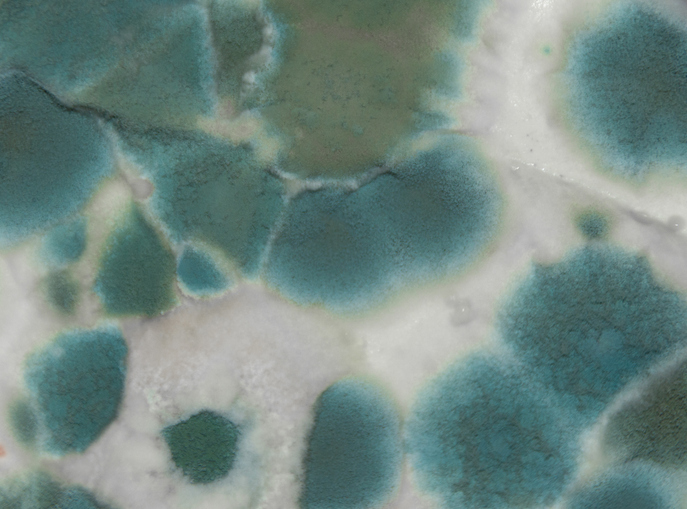
10. Acremonium
Where it can be found: Acremonium typically appears in small colonies of grey, pink, white, or orange moist mould patches that turn powdery. This type of mould is found most commonly in drains, drip pans, humidifiers, HVAC cooling coils, and around leaky windows.
Health issues: Can cause human superficial infections including mycetoma, onychomycosis and keratitis.
How to kill it: It often appears with black mould and will require removal by a professional.
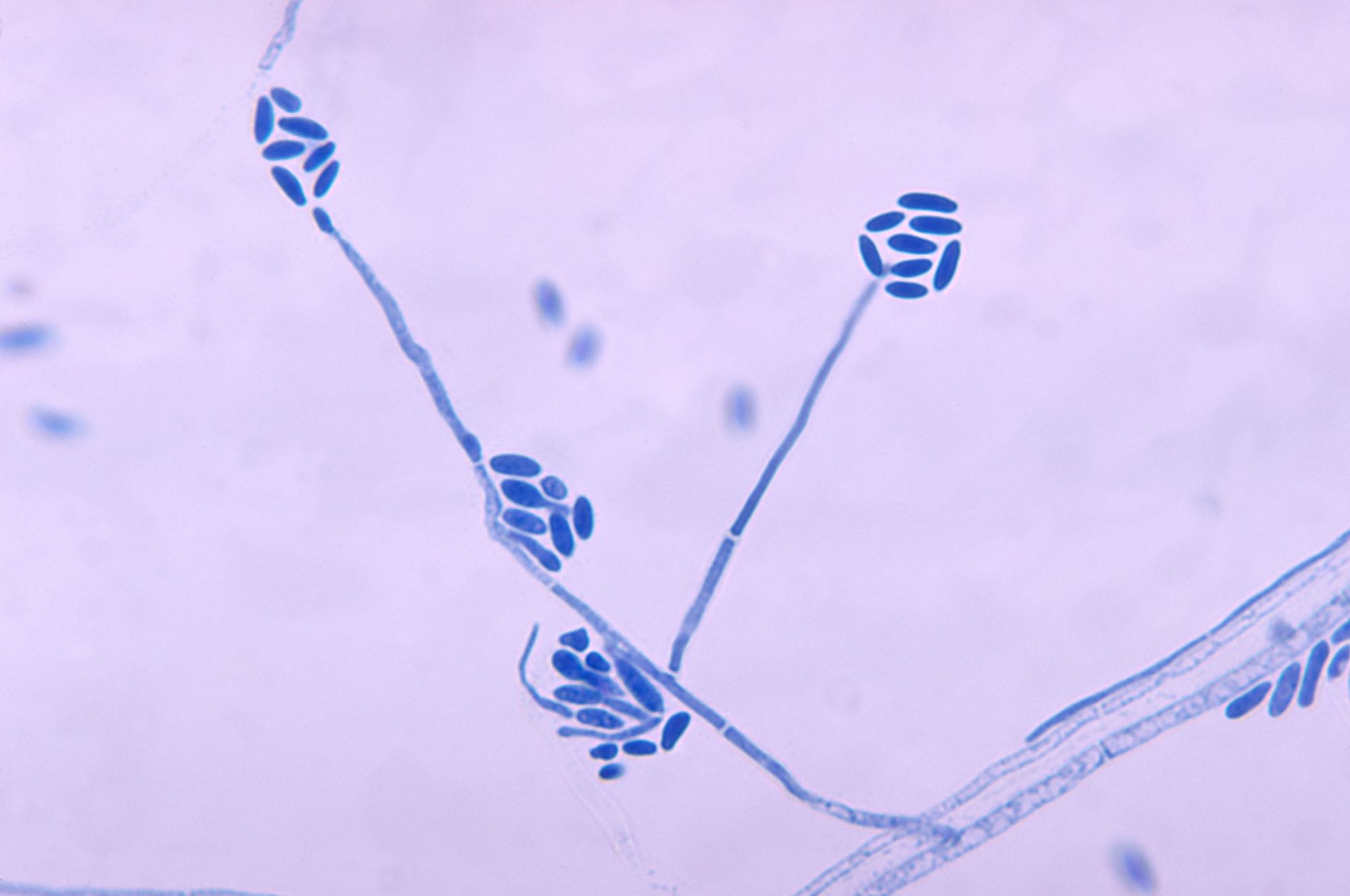
How to prevent mould in your home
Keeping your home adequately heated helps prevent the formation of condensation and inhibits mould growth.
Make sure your heating system and boiler is working efficiently to keep a consistent indoor temperature, especially in colder months, and insulate walls, floors, and roofs to prevent heat loss and temperature fluctuations.
Dehumidifiers, like this dehumidifier from B&Q by Blyss, are effective tools for controlling indoor humidity levels, as they extract excess moisture from the air, making it less conducive to mould growth. You can also check out our reviews of the Meaco 20L low energy dehumidifier, the Probreeze 20L premium dehumidifier, and the budget Hysure 700ml automatic dehumidifier.
Place dehumidifiers in areas prone to high humidity like bathrooms and kitchens, and anywhere that isn’t well ventilated, like cupboards under stairs.
Empty and clean the dehumidifier’s water collection tray regularly to prevent mould growth within the device.
Proper ventilation helps maintain indoor air quality and reduces excess moisture; open windows regularly, even during colder months, to allow fresh air to circulate. This will also make it easier to remove black mould from silicone sealant.
Get the Homebuilding & Renovating Newsletter
Bring your dream home to life with expert advice, how to guides and design inspiration. Sign up for our newsletter and get two free tickets to a Homebuilding & Renovating Show near you.
Sam is based in Coventry and has been a news reporter for nearly 20 years. His work has featured in the Mirror, The Sun, MailOnline, the Independent, and news outlets throughout the world. As a copywriter, he has written for clients as diverse as Saint-Gobain, Michelin, Halfords Autocentre, Great British Heating, and Irwin Industrial Tools. During the pandemic, he converted a van into a mini-camper and is currently planning to convert his shed into an office and Star Wars shrine.

